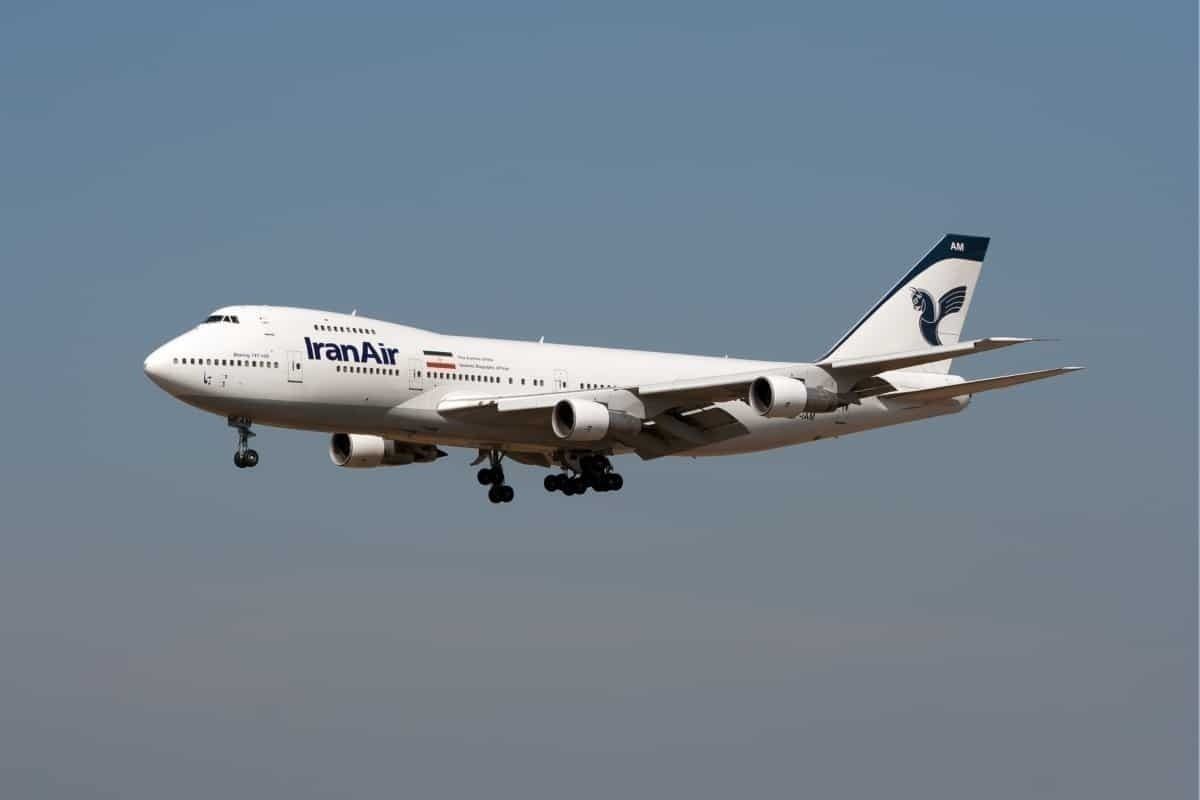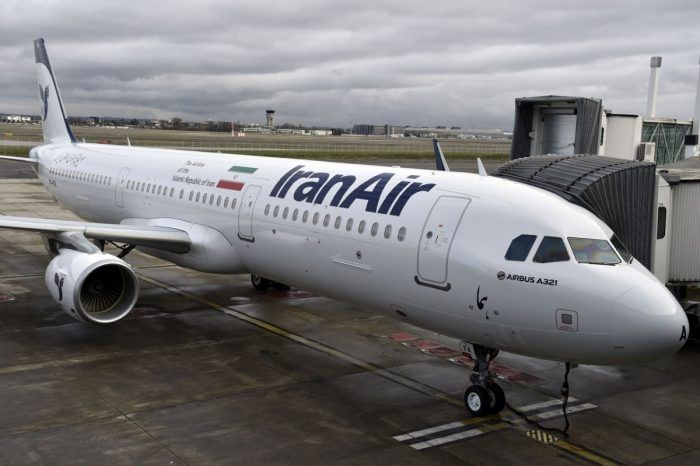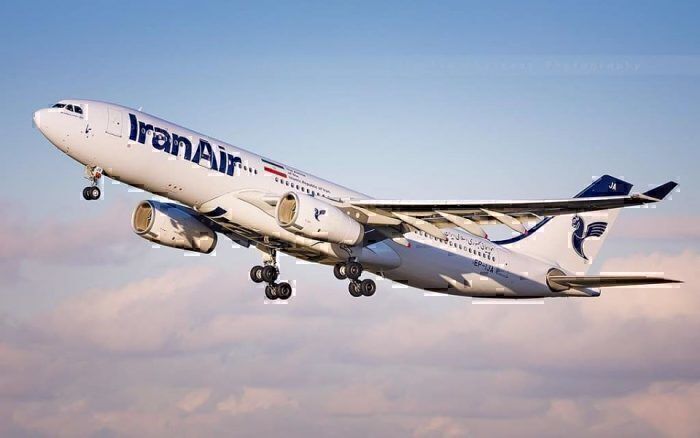Could Iran Air have rivaled Emirates and Qatar as a Middle Eastern powerhouse carrier? What happened to Iran Air, and why did it not become a significant international airline?
When you look at the Middle East, several nations have vast fleets of aircraft operating long-distance routes. Emirates, Qatar, Etihad, and others have risen to take advantage of their geographical locations to bridge between East and West. And yet, Iran Air is notably absent.
Setting the stage for Iran Air
Iran Air, founded in 1944 as Iranian Airways, originally ran as a domestic carrier with some limited trips to Europe. In 1961, the airline was merged with another and nationalized, becoming Iran Air.
By the mid-1970s, the carrier had a large fleet of Boeing aircraft and was flying up to 30 weekly services to London. Iran Air would then double down on international ambitions and be the launch customer of the Boeing 747SP (a long-range version) for routes between Tehran and New York. On paper, the carrier planned to then implement routes to Sydney and Los Angeles, forming the backbone of a new world-wide spanning network.
The airline had a hub ideally situated between Europe, Oceania, and Asia (China was still closed during this time), and was far enough north that flights over the north pole to the United States would be feasible. Additionally, Iran had a significant population spread over a sizeable geographical landscape, creating demand for domestic air travel.
By the late 1970s, Iran Air was one of the most profitable airlines in the world, had the second-best safety record next to Qantas. It could very well have been the next Singapore or Emirates, a decade before the latter would even be founded.
What happened to Iran Air?
Due to the Iran revolution in 1979, the United States forbid Boeing (and later Airbus) from selling any new aircraft or spare parts to the airline. Iran Air reported that this directly led to over 100 aircraft being grounded over the following twenty years.
"We currently have less than 150 active planes," Head of Iran Civil Aviation Organization Alireza Jahangirian said in 2015. He also stated that Iran's current aircraft would be out of service by "Iranian calendar year of 1404 [2025], so the country needs to annually add 30 aircraft to its air fleet" to survive. The carrier had wanted to operate up to 500 planes.
Also, the rise in hostilities between the western world and Iran dramatically reduced international demand for tourists and through travelers. Flights still took place to foreign airports, but Tehran no longer ranked as a global hub.
The airline found some respite in 2015 when sanctions lifted for a few years, but the current US government has since reinstated the embargo and banned Airbus and Boeing from doing business with Iran. These sanctions have led to situations such as a Norwegian Boeing 737 stranded in the country due to a lack of spare parts and expertise.
What could have been?
This article will not dive into the geopolitics of the region and why things turned out the way they did, only on what could have been if history had gone a different way.
If, and this is a big if, Iran had remained attractive to visitors and without sanctions, Iran Air could have taken advantage of the growth of China. With a vast rising middle class in Asia, Iran Air would have been the de facto hub for Chinese tourists heading to Europe.
Besides, they would have likely bought the Airbus A380, and it could have been a big enough purchase order (similar to Emirates) to justify keeping the production line open. We may have even seen the Airbus A380plus.
Lastly, due to the airline favoring long-ranged aircraft, they would have likely have created a 'Project Sunrise' route long before Qantas. Airbus and Boeing may have developed an additional long-range plane for the airline (like the Boeing 777-200LR and the Airbus A350-900ULR) many years before.
What do you think? Could have Iran Air been one of the most magnificent international airlines in the world? Let us know in the comments.



